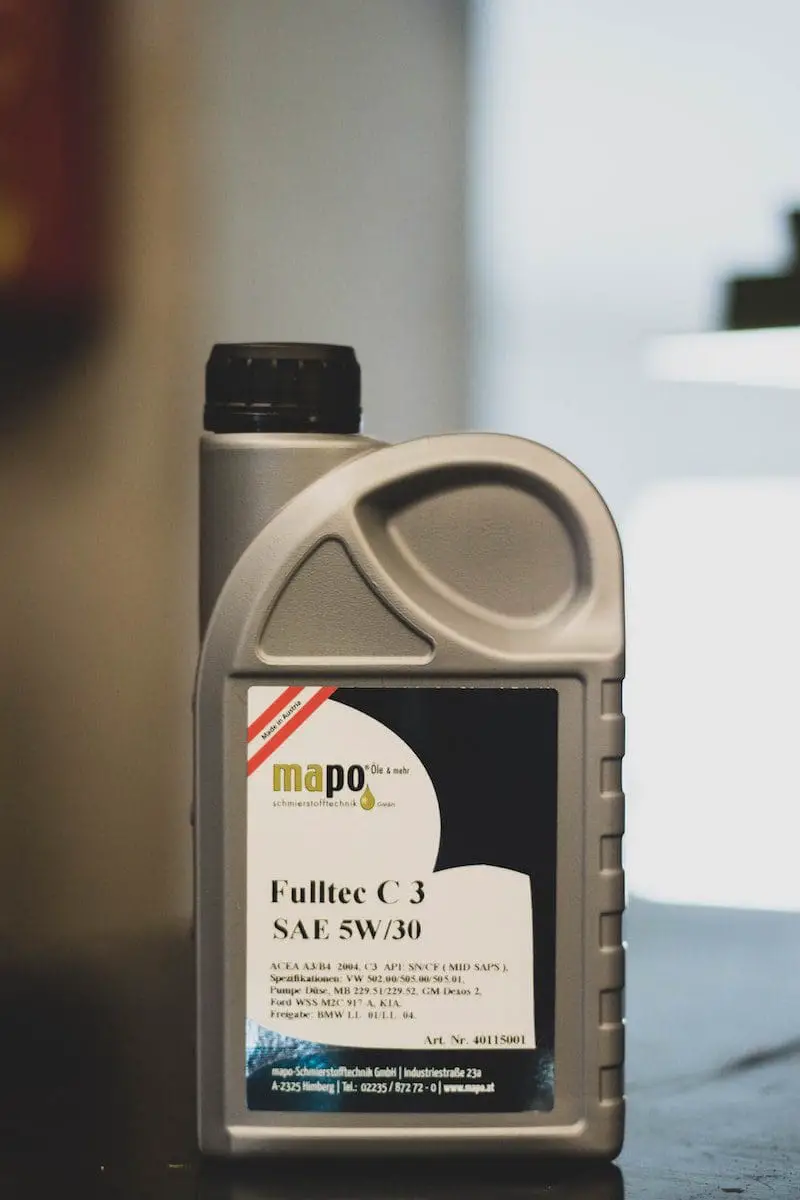Motor oil is among the most important components of a vehicle. Motor oil can be used to reduce friction between motor components and other vehicular working sections.
It not only improves the productivity and effectiveness of the vehicle’s engine, but it also tends to help its components avert friction. The most common motor fluids are 5w30 as well as 10w40.
Key Takeaways
- 5W30 motor oil is thinner, providing better fuel efficiency and cold-start performance than 10W40.
- 10W40 oil is thicker, offering greater engine protection under high temperatures and heavy loads.
- Vehicle manufacturers recommend specific oil viscosity based on engine design and climate conditions.
5w30 vs 10w40
5w30 is multi-viscosity oil, with the numbers representing the oil’s viscosity at cold and operating temperatures, it is thinner at lower temperatures, offering better start-up protection. 10w40 is also a type of multi-viscosity motor oils, it provides thicker film strength at higher temperatures for older engines.

5w30 oil is especially well suited to vehicles operating in cold climates. 5W-30 motor oil is of cold-weather viscosity quality.
While it performs sufficiently at higher temperatures, it is best suited for folks that drive in cold climates. It is advised for gasoline cars or light-duty diesel engines due to their lesser flowability.
The classification “10W-40” denotes a multiage oil that is minimal on the SAE scale in cooler temperatures but high on the magnitude in hot weather.
As a result, 10W-40 oil is suitable for a wide spectrum of meteorological conditions. The 10W-40 oil viscosity is also frequently used as a replacement for older engines that are burning or spilling oil.
Comparison Table
| Parameters of Comparison | 5w30 | 10w40 |
|---|---|---|
| Thickness | 5w30 oil is thinner than 10w40 oil. | 10w40 oil is thicker than 5w30 oil. |
| Low-Temperature Viscosity | A viscosity of five. | A viscosity of ten. |
| High-Temperature Viscosity | The viscosity is 30. | The viscosity is 40. |
| It is suggested for | Engines with hydraulic tappets | Apart from hydraulic tappets, the motor and car or truck’s |
| Clinginess | Attaches to the movable components of the engine-less. | Attaches to the movable components of the engine more. |
What is 5w30?
5w30 is excellent multiage oil that can be used in both low starting temperature changes and high daytime temperatures.
It is furthermore more gasoline efficient because it generates a less downward force on the engine’s gearboxes and mechanical components.
Over the last 4 decades, car manufacturers have recommended 5W-30 motor oil to be used in a wide range of vehicle types.
A multi-viscosity 5W30 fluid flows faster in cooler temperatures and is suggested for year-round safeguards, while a synthesized 5W30 multi-viscosity oil provides the best security in both freezing temperatures and severe heat.
It is not secure to substitute 5w20 for 5w30. 5W20 is a slimmer oil designed for colder temperatures. If you use 5w20 rather than 5w30 in warmer temperatures, you may experience more tension and quicker motor wear.
Because it is best suited for a wide range of automobiles and engine types, 5w30 oil is among the most widely used motor oils. Because of the viscosity range of 5w30, it can moisten, seal, and safeguard inner mechanical parts in a variety of climates.
The comfort of not needing to alter oil loads with the seasons comes with this capacity to operate well in both warmer months as well as winter.
The lower viscosity of 5w30 oil implies less stress on the oil compressor and better gas mileage. The ability of 5w30 motor oil to work in a wide scope of engine kinds and under a broad range of climate circumstances makes it extremely versatile.

No products found.
What is 10w40?
The Society of Automotive Engineers defines the surface tension, or mass, of motor oil as 10W-40. The viscosity f a 10W-40 oil is 10W at low temperatures and 40 at higher temperatures.
When motor oil is cold, it gets thicker and thins as it heats up. The viscosity of 10W40 motor oil does not increase as it heats up.
When cold, it continues to behave like a 10W mass oil, and when warm, it behaves like a 40W mass oil. The chilly viscosity of the oil is represented by the 10W.
The number 40 represents the surface tension of the oil at high temperatures. It examines how well the oil streams at a temperature of 100°C in the engine.
At engine performance heat, a 40 mass oil will be denser than a 30 mass oil. Because of the thicker density and viscosity, it’s a good choice for motors with high oil surface temps because it resists thermal collapse better.
If you’re going to use 10W-40 oil, synthesized 10W-40 could be a good choice for a smoother start-up.
When the temperature increases, synthesized motor oil continues to flow better than traditional motor oil (hydrocarbons) while preserving enough viscosity to safeguard piston hemlines and bushings.
In cooler climates, the less viscoelastic 10W-30 engine oil would perform better. In the higher temperatures of a warmer climate, the denser 10W-40 oil might be more effective in stopping engine stress and strain.

No products found.
Main Differences Between 5w30 and 10w40
- The 5w30 oil is much thinner than the 10w40 oil and on the other hand, the 10w40 oil is much thicker than the 5w30 oil.
- The viscosity of 5w30 at low temperatures is 5 whereas the viscosity of 10w40 at low temperatures is 10.
- The viscosity of 5w30 at higher temperatures is 30 and on the other hand, the viscosity of 10w40 at higher temperatures is 40.
- Hydraulic tappets are used in engines that have 5w30, whereas the motor, as well as the car or truck, have hydraulic tappets which have 10w40.
- 5w30 Attaches to the engine’s movable components less and 10w40 more firmly attached to the engine’s movable components.
